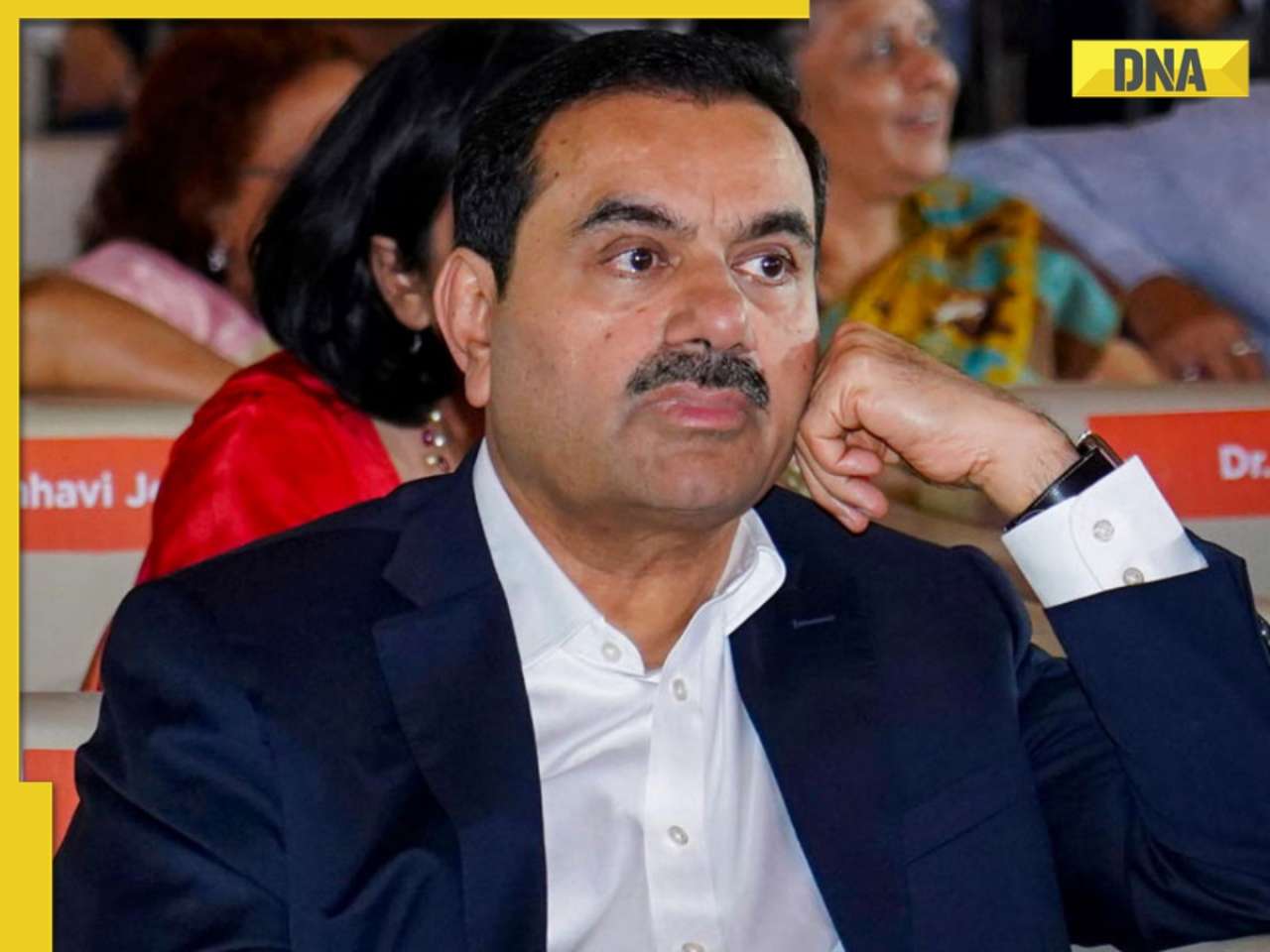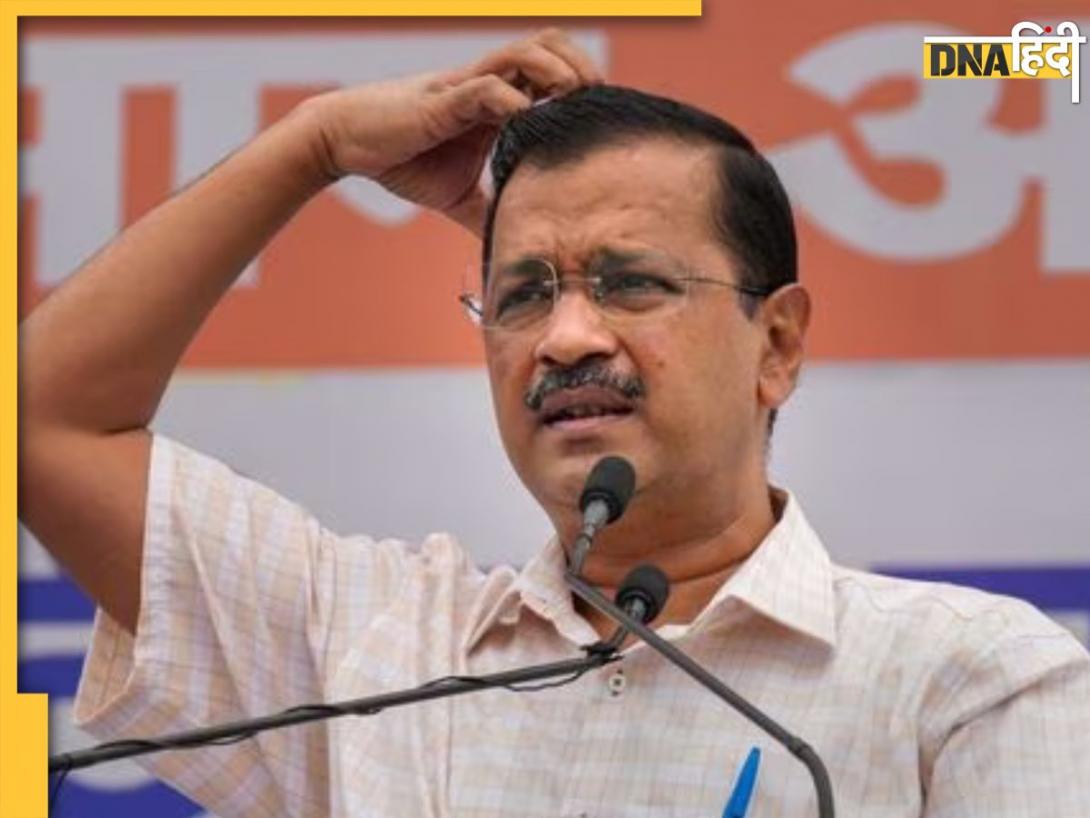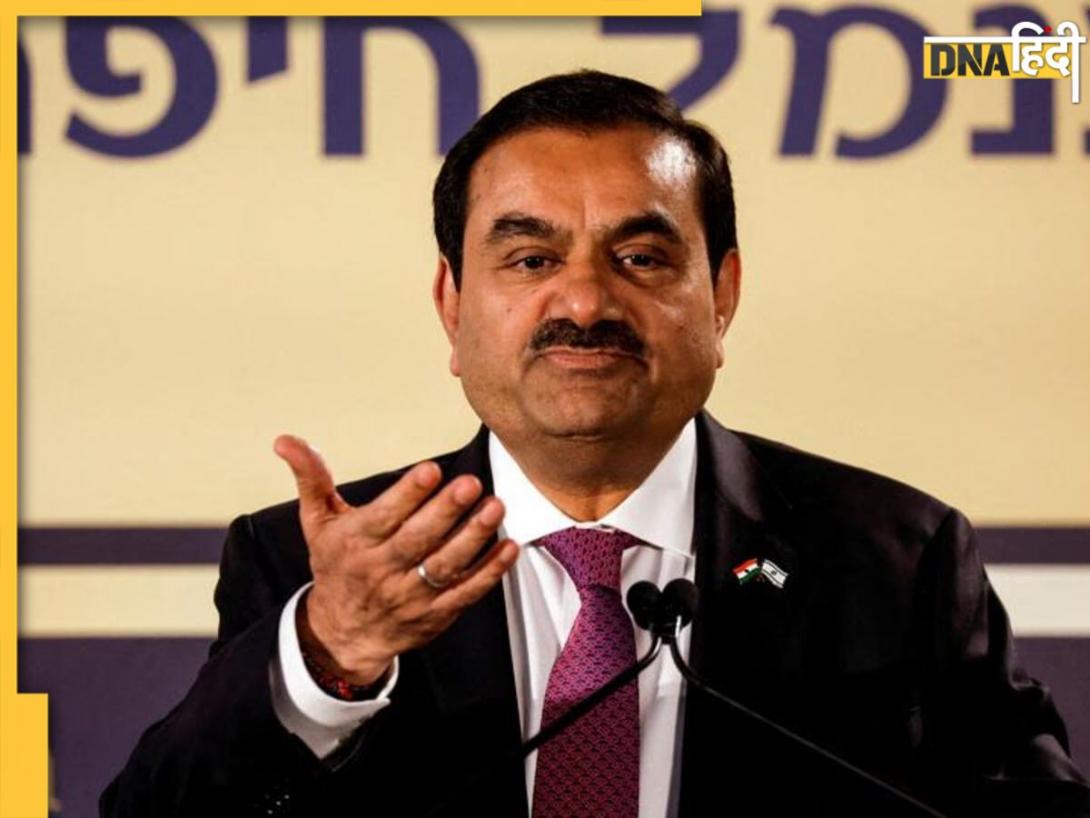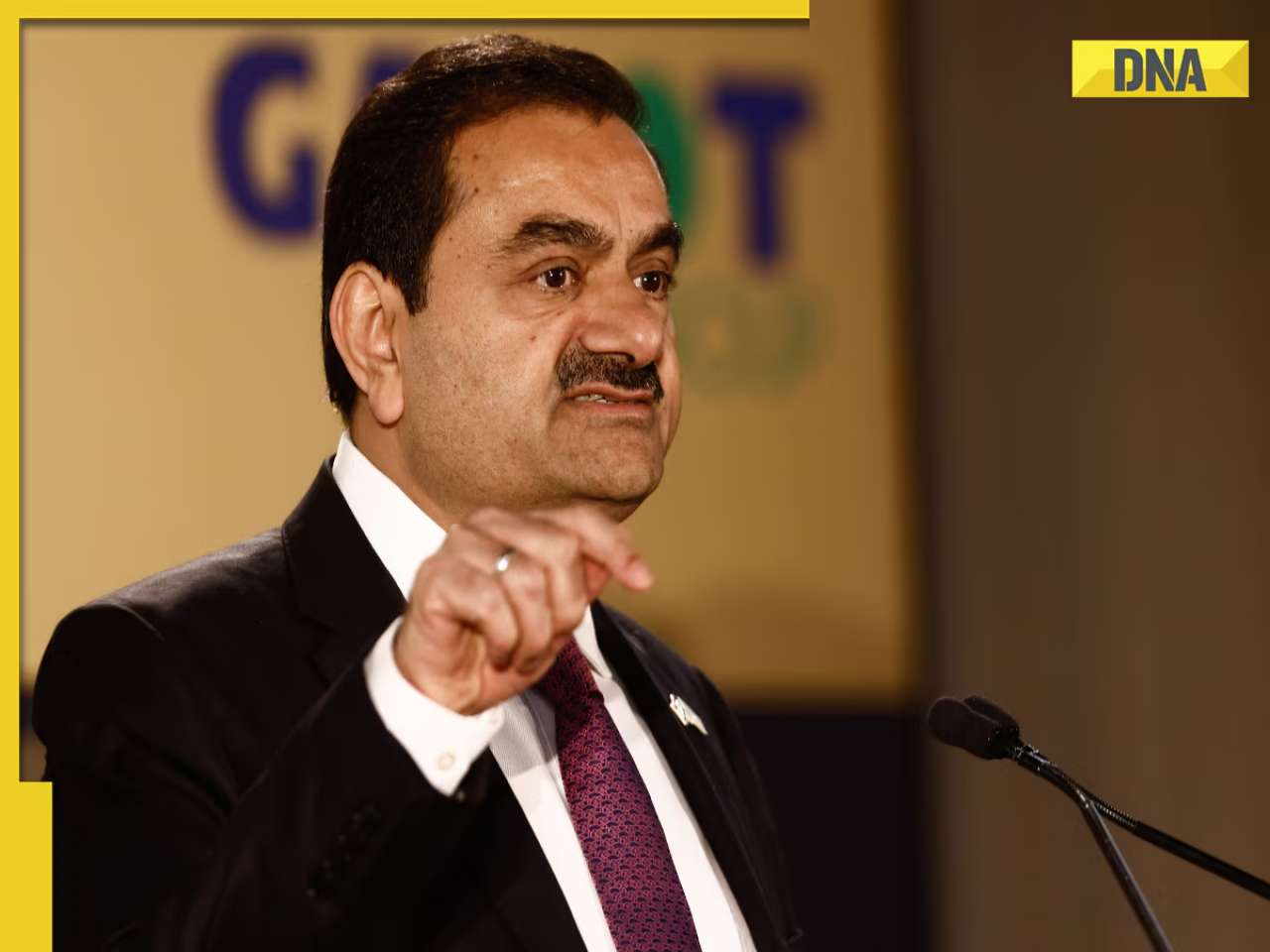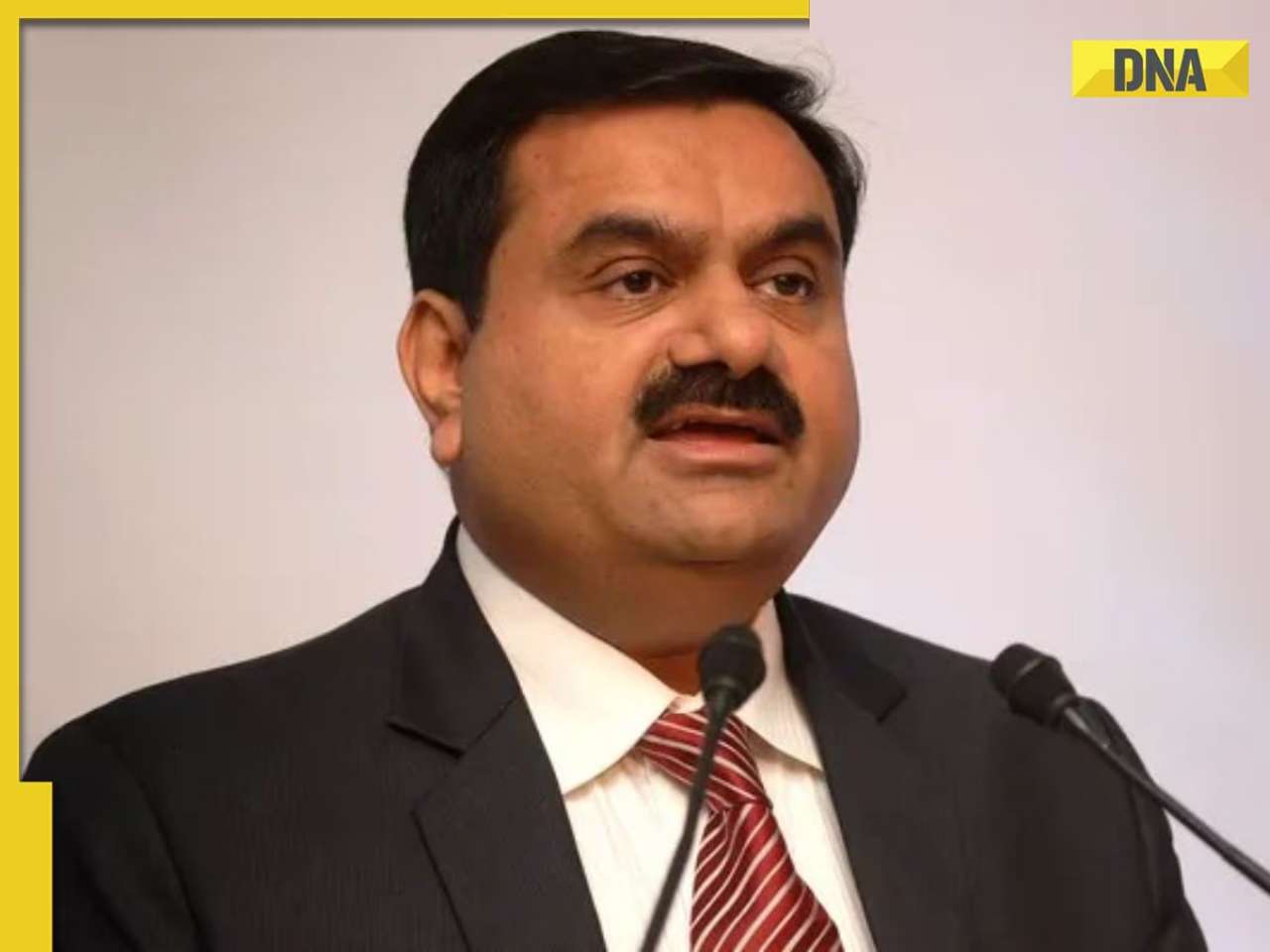- LATEST
- WEBSTORY
- TRENDING
ANALYSIS
AL-31FP Engines Power Up Indian Air Force: Su-30MKI Fleet Receives Major Upgrade
This procurement will help the IAF maintain its Su-30MKI fleet and enhance the country's defence readiness.
TRENDING NOW
The Cabinet Committee on Security has approved a plan to buy 240 AL-31FP aero-engines for the Indian Air Force's Su-30MKI aircraft from Hindustan Aeronautics Limited (HAL). The cost of the procurement is over Rs 26,000 crore.
The delivery of the engines will start in a year and be completed over eight years. These engines will have more than half of their parts made in India and will be manufactured at HAL's Koraput division. This procurement will help the IAF maintain its Su-30MKI fleet and enhance the country's defence readiness.
Usually, over the course of a fighter jet's operational life, which can last between 30 to 40 years, the engines are changed out 2 to 3 times. The upcoming engines will be produced at a Hindustan Aeronautics Limited (HAL) plant in Koraput. These engines will contain 54% locally-made parts, while the remaining components will be sourced from Russia.
The IAF currently has 259 Su-30MKI aircraft, out of the 272 that were ordered and built in India under a license from Russia.
The fleet is now being upgraded, with 84 jets set to be upgraded by HAL over 15 years. Air Chief Marshal V. R. Chaudhari has stated that the upgrades will include 51 systems with a significant amount of indigenous content.
The Su-30s will continue to be a major part of the IAF's fighter fleet for many years to come and will remain in service beyond 2055.
The original manufacturer of the Su-30MKI aircraft, Russia, will assist in upgrading certain systems such as the fly-by-wire system and system integration. However, the majority of the upgrades, including radar and avionics, will be developed in India. One of these indigenous upgrades is the Uttam Advanced Electronically Scanned Array (AESA) radar, which is currently being developed by the Defence Research and Development Organisation (DRDO). This radar will be integrated onto the Su-30MKI jets as part of the upgrade process.
AL-31: Thrusting Su-30 MKI & More
The Saturn AL-31 is a group of turbofan engines designed by the Lyulka design bureau in the Soviet Union, now known as NPO Saturn in Russia.
It was initially created as a 12.5-tonne powerplant for the Sukhoi Su-27 fighter jet.
Today, the AL-31 engine is used in various aircraft, including the Su-27 family and some versions of the Chengdu J-10 jet fighter.
In India, the engine is also assembled under license by HAL for the Sukhoi Su-30MKI. Upgraded versions of the AL-31 engine are used in advanced aircraft like the Sukhoi Su-57 and Chengdu J-20.
AL-31FP: Thrust Vectoring Powerhouse
The AL-31FP variant features thrust vectoring, which allows it to maintain the same thrust as the baseline AL-31F engine. This variant can angle its nozzle up to ±15° and has a deflection rate of 30° per second. This allows for precise control and manoeuvrability of the aircraft during flight.
Thrust vectoring is a technology that allows an aircraft engine to change the direction of its exhaust gases, providing improved manoeuvrability and control during flight.
The AL-31FP engine's nozzle requires maintenance every 500 hours, with the engine itself needing maintenance every 1,000 hours. Both the nozzle and engine have a total service life of 2,000 hours.
The AL-31FP engine incorporates a Full Authority Digital Engine Control (FADEC) system, which replaces the previous analog hydro-mechanical system. FADEC is a digital control system that manages an aircraft engine's operation, optimizing performance, efficiency, and acceleration.
The AL-31FP engine is manufactured by UMPO, (the Ufa Engine Industrial Association, is located in Ufa, Russia) and also produced in India by Hindustan Aeronautics Limited (HAL) at the Koraput facility through a comprehensive technology transfer agreement.
(The author of this article is a Defence, Aerospace & Political analyst based in Bengaluru. He is also the Director of ADD Engineering Components, India, Pvt. Ltd, a subsidiary of ADD Engineering GmbH, Germany)
(Disclaimer: The views expressed above are the author's own and do not reflect those of DNA.)







)
)
)
)
)
)
)
)
)
)
)
)
)
)
)
)

























